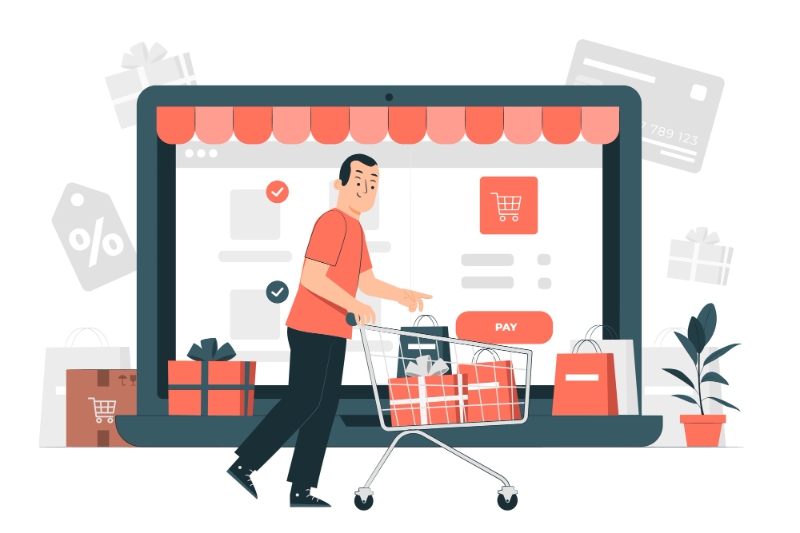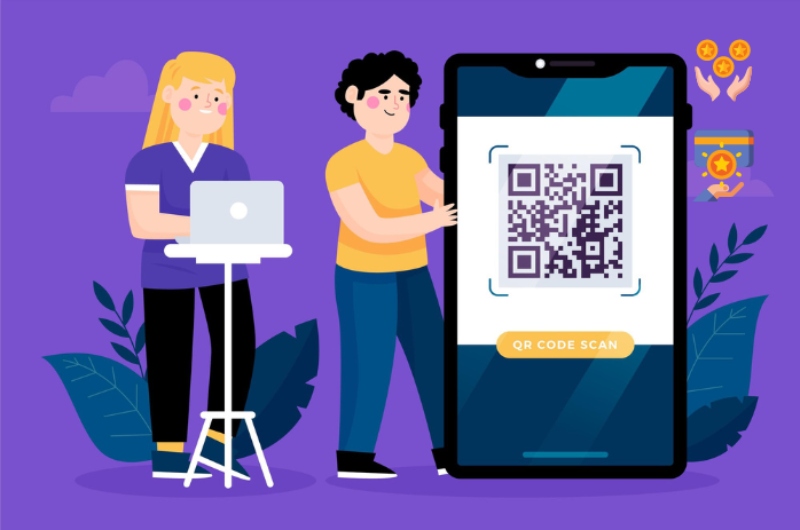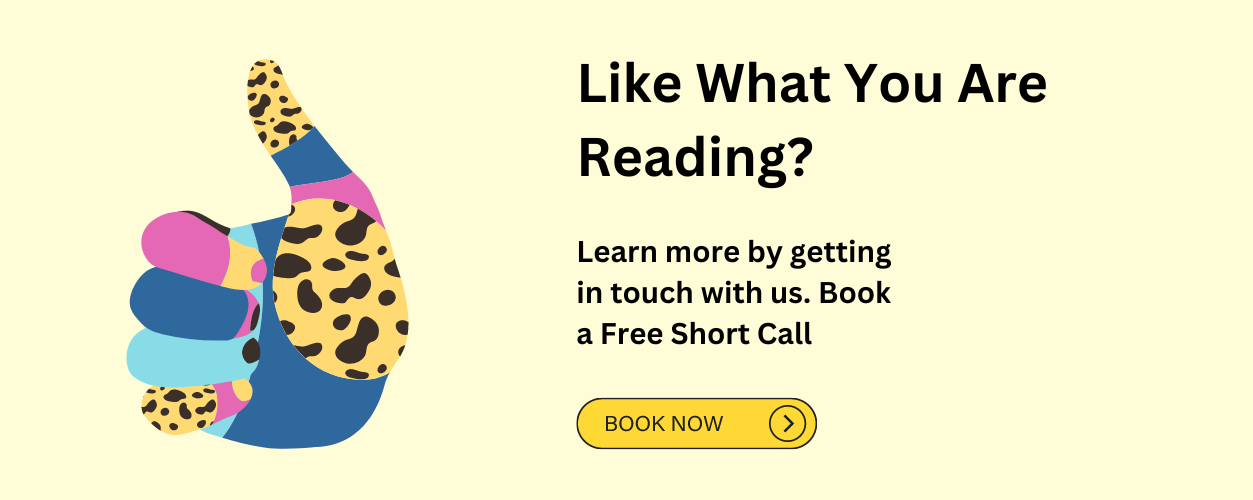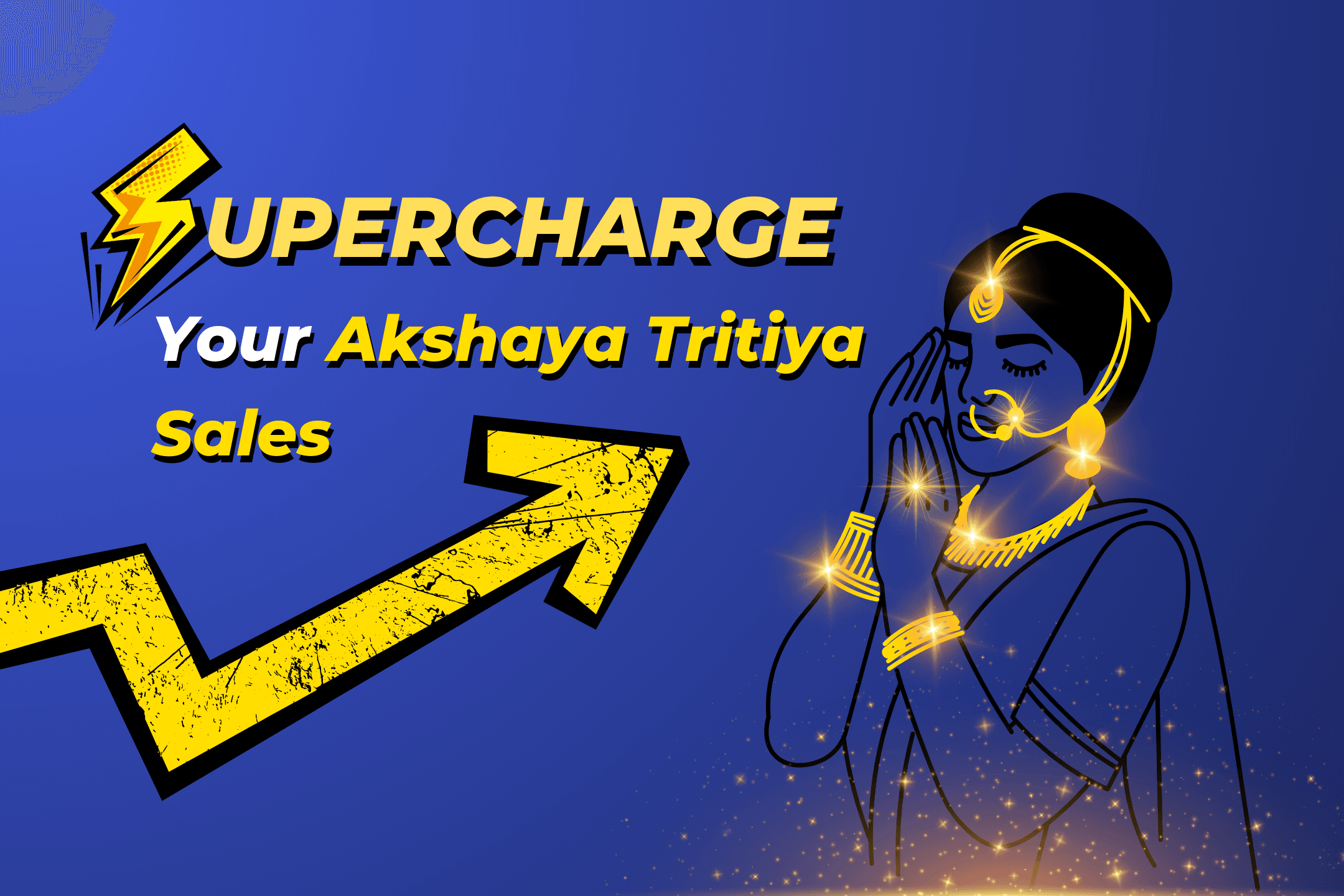
The Plastic UPI Card: Beyond Payments
It’s been a while since anyone has asked “Cash or card, sir?” because now there’s UPI. Pop open any payment app and scan it, you’ll instantly see how much you’re paying. We’ve understood the QR Code as a payment portal, an interface between the customer’s bank account and the merchant’s bank account. But QR codes existed before they were used for payments, and they’re still used for utilities beyond payments. However, we’ve more or less conditioned ourselves to associate the QR code with payments only.
In this article, we'll explore how retail businesses can leverage the same QR code to deliver multiple actions to their customers, and how Zithara can help them do it with zero technological integration.
1. The Evolution of QR Codes: From Web Pages to Digital Payments
QR codes were first used to re-route someone to a web page online. With so many websites popping up, we can’t expect anyone to remember anything other than google.com. So QR codes became a handy way to send someone to your address on the internet, maybe enable them to open or download a catalogue, and sign-up on your mailing list. Sometimes, you’d get them to download your store’s app, if you have one. Given that every business is now going online in some way, the next problem to solve is to get traffic to your online presence. The handy QR code can do it for you.
2. Beyond Payments: Leveraging QR Codes for Retail Marketing
When footfall becomes increasingly fleeting, and your customers are making more and more purchases online instead of in a retail store, you need to establish some kind of communication channel. Some retailers might ask for their customer’s phone numbers while billing. The point-of-sale system will then enable you to send them SMS-es. However, SMS marketing might just become more expensive and have very low open rates at the customer’s end. Instead of adding an extra step to your billing process (i.e., “What is your phone number, ma’am?”), you could just establish that channel via the QR code. A QR code can only be scanned from an app on a smartphone that has a valid mobile number attached to it.
3. Establishing Communication Channels with Customers via QR Codes
The QR code is actually a very important resource for your own marketing. Gone are the days when you could count on inserting a few hundred pamphlets in your local news circulation and counting on footfall. With everything going digital, you might want to retain your customers and have them spend more with you with a rewards program. While you’re used to thinking of reward points as something that only “big retailers have the bandwidth to do”, the QR code in your own store can simplify the process for you.

4. Running Your Own Rewards Program with QR Codes
When you register with Zithara as a Zi-Merchant, you can accomplish all of the above tasks with a single QR code. Every time your customer pays via the Zithara QR code (which works on any UPI app), you get to decide how you reward them with ZiCoin (this is a cashback that doesn’t happen in rupees, so it costs you less than 5% of an actual cash-based discount). It then enables you to have a channel of communication with the customer.
5. Increase Sales with Targeted Offers
Once you have established a communication channel with your customers, you can use it to deliver targeted offers to them. With Zithara's Zi-Merchant program, you can create customised offers for individual customers based on their past purchases or interests. For example, if a customer has purchased sports equipment from your store in the past, you can offer them a discount on new arrivals in that category. By delivering relevant offers to your customers, you can increase their likelihood of purchasing and build customer loyalty.
6. Improve Customer Experience with Contactless Payments
In today's world, customers are looking for safe and convenient payment options. With UPI-enabled QR codes, customers can make payments without touching any surfaces or handing over their cards. This contactless payment option not only provides a safe and secure payment method but also enhances the overall shopping experience for customers. By offering contactless payments through QR codes, you can attract more customers and increase sales.
7. Track and Analyse Customer Behaviour
By using QR codes for various purposes, you can track and analyse customer behaviour. With Zithara's Zi-Merchant program, you can get real-time data on your customers' behaviour, such as their purchasing patterns, the most popular products, and their preferred payment methods. This information can help you make data-driven decisions, such as which products to stock more, which marketing strategies to use, and how to improve customer satisfaction.
8. Increase Operational Efficiency
QR codes can also help improve your store's operational efficiency. With Zithara's Zi-Merchant program, you can integrate the payment process with your inventory management system. This means that when a customer makes a purchase, the system will automatically update the inventory levels. This can help you avoid stock-outs and ensure that you always have the right products in stock.
9. The Benefits of the Zi-Merchant Program
Zi-Merchants have seen a 2X - 3X increase in repeat purchases in the same amount of time while giving out zero discounts even during peak “sale season”. It has also increased the average revenue per customer by 40%. When you give out Zi-Coin, you’re running a simple, effective, and highly customizable reward program with your customer
Conclusion
QR codes are a versatile tool that can help retail businesses improve customer experience, increase sales, and streamline operations. By leveraging the power of QR codes through Zithara's Zi-Merchant program, you can deliver personalized offers, establish communication channels, and reward loyal customers. You can also track and analyse customer behaviour to make data-driven decisions and improve operational efficiency. With the rise of digital payments, retail businesses need to adapt and provide a seamless payment experience for customers. QR codes are the way forward in achieving this goal.

